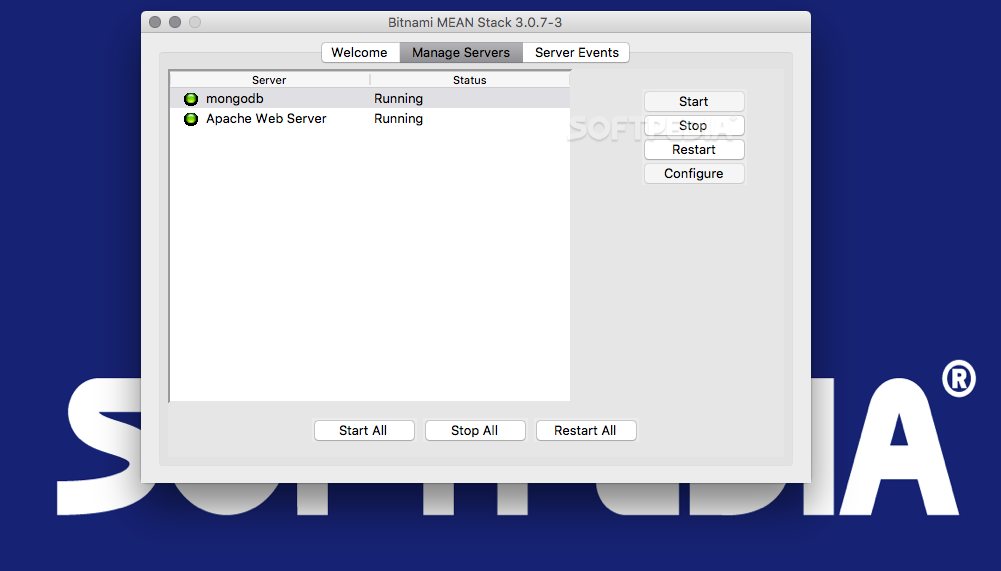

6000 through 6500: used by RabbitMQ Stream replication.4369: epmd, a helper discovery daemon used by RabbitMQ nodes and CLI tools.

The following ports are most relevant to inter-node communication in a cluster: When that happens,ĬLI tools, client libraries and RabbitMQ nodes also open connections (client TCP sockets).įirewalls can prevent nodes and CLI tools from communicating with each other. Other processes and tools such as SELinux may prevent RabbitMQ from binding to a port. RabbitMQ nodes bind to ports (open server TCP sockets) in order to accept client and CLI tool connections. To use FQDNs, see RABBITMQ_USE_LONGNAME in the Configuration guide. Those methods can work in concert with the Resolution methods, such as an alternative DNS server,Ī local file, a non-standard hosts file location, or a mix VM can be configured to use alternative hostname Hosts file modification is restricted, impossible or In more restrictive environments, where DNS record or Hostname resolution can use any of the standard OS-provided Resolution is ready before the container is started.įor Kubernetes users, this means the DNS cache interval for CoreDNS In container-based environments it is important that hostname Nodes will perform hostname resolution early on node boot. Of every other cluster member, its own hostname, as wellĪs machines on which command line tools such as rabbitmqctl Therefore every cluster member must be able to resolve hostnames Of a prefix and domain name, either short or fully-qualified (FQDNs). RabbitMQ nodes address each other using a node name, a combination Cluster Formation Requirements Hostname Resolution If a system uses fully qualified domain names (FQDNs) for hostnames, RabbitMQ nodesĪnd CLI tools must be configured to use so called long node names.įor server nodes this is done by setting the RABBITMQ_USE_LONGNAME environment variableįor CLI tools, either RABBITMQ_USE_LONGNAME must be set or the -longnames option The node resolves its hostname and prepends rabbit to it to compute its node name. Via the RABBITMQ_NODENAME environment variable. When a node starts up, it checks whether it has been assigned a node name. That the hostname part of every node name must resolve.ĬLI tools also identify and address nodes using node names. and a cluster, nodes identify and contact each other using node names. (this is usually the case in development and QA environments), they must useĭifferent prefixes, e.g. If more than one node is running on a given host For example, a node name with the prefix of rabbit and hostname of. A node name consists of two parts,Ī prefix (usually rabbit) and hostname.

RabbitMQ nodes are identified by node names. Subsequently turned back into individual brokers again. These nodes can be joined into clusters, and The composition of a cluster can be altered dynamically.Īll RabbitMQ brokers start out as running on a single Please refer to the Cluster Formation guide for details. Declaratively using etcd-based discovery (via a plugin).Declaratively using Consul-based discovery (via a plugin).Declaratively using Kubernetes discovery (via a plugin).Declaratively using AWS (EC2) instance discovery (via a plugin).Declaratively using DNS-based discovery.Declaratively by listing cluster nodes in config file.Cluster Formation Ways of Forming a ClusterĪ RabbitMQ cluster can be formed in a number of ways: Queues, exchanges, bindings, runtime parameters and other distributed state. Several nodes, each sharing users, virtual hosts, Tanzu RabbitMQ provides an inter-node traffic compression feature.Ī RabbitMQ cluster is a logical grouping of one or (message) replication, see the Quorum Queues guide. That focuses on peer discovery and cluster formation automation-related topics. Cluster Formation and Peer Discovery is a closely related guide
#Bitnami mean tutorial how to#
How to reset a cluster node to a pristine (blank) stateĪnd more.Node readiness probes and how they can affect rolling cluster restarts.Node restarts and how nodes rejoin their cluster.Why it's important to use an odd number of nodes and two cluster nodes are highly recommended against.How nodes authenticate to each other (and with CLI tools).What data is and isn't replicated between cluster nodes.How RabbitMQ nodes are identified: node names.This guide covers fundamental topics related to RabbitMQ clustering:


 0 kommentar(er)
0 kommentar(er)
